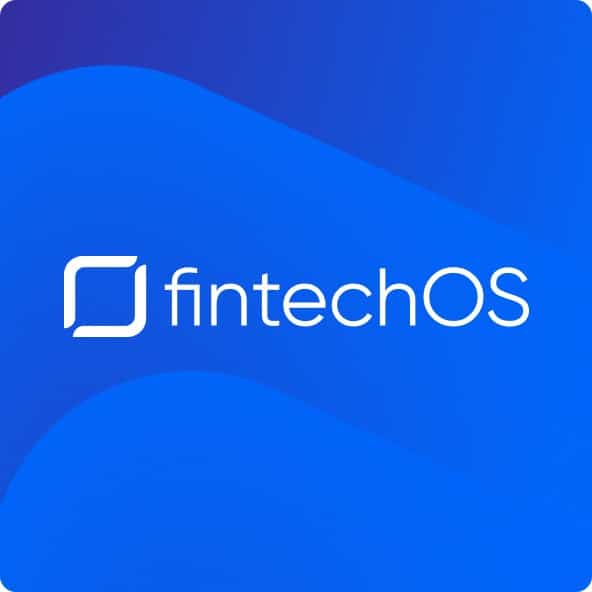In the rapidly evolving landscape of the insurance industry, traditional norms are being challenged and customer expectations are soaring to new heights. As personalized products and seamless experiences become the key to retaining existing customers and attracting new ones, insurers find themselves at a crossroads.
In this era of transformation, the concept of “futureproofing” has emerged as a beacon of innovation, and at its core lies the powerful tool of Fintech Enablement.
A Shifting Landscape: Rethinking Insurance Legacy Systems
A wave of change has swept through the insurance industry over the past few decades, rewriting the rules of engagement. Technological advancements have redefined insurance, turning it into a service that can be accessed and purchased from virtually anywhere. The rise of mobile apps, online portals, and digital platforms has triggered a fundamental shift in the way insurance is perceived and consumed.
However, insurers must go beyond merely keeping pace with technology.
Today’s customers demand more than just the ability to pay premiums online – they seek a seamless, customer-centric experience across their entire insurance journey. From quoting and policy adjustments to claims processing, customers want to interact with insurers on their terms, whether through self-service channels, brokers, or at the point of sale.
To deliver on these expectations, insurers need core insurance systems that can support personalized propositions and frictionless omnichannel experiences. The challenge, however, is that many insurers are tied to outdated core systems that are holding them back. The risk of losing customers due to antiquated technology is already present.
The Backbone of Insurance: Core Systems Defined
At the heart of every insurance company’s operation lies its Core Insurance System. This foundational software, or suite of applications, drives essential operations and processes within the company. From policy administration and underwriting to claims management and billing, these systems are the roots of insurers’ infrastructures.
The scope of a Core Insurance System is expansive, encompassing modules that cover diverse lines of business – be it property and casualty, life, health, or others. Key functionalities include policy creation and management, risk assessment, claims processing, premium billing, and comprehensive reporting.
In essence, these systems enable insurers to automate and streamline key business processes, enabling efficient management, regulatory compliance, and the agility needed to adapt to ever-changing market demands.
Meeting the Modernization Challenge with Customer-Centricity
The insurance landscape has undergone a revolution, driven by emerging technology and heightened customer expectations. Modern customers demand ease, transparency, and convenience – all of which have been harnessed by insurtech companies disrupting the industry.
While this disruption has created many opportunities, it has also called attention to the limitations of existing legacy systems for traditional insurers. Insurance legacy systems can hinder agility and the ability to innovate for the insurers relying on them. Meanwhile, the cost and risks associated with replacing these systems can be overwhelming.
However, maintaining the status quo is not an option, as it puts insurers at a competitive disadvantage. Striking the balance between leveraging the strengths of existing insurance legacy systems and driving innovation requires a strategic approach.
Modernizing these systems while adopting agile practices and exploring solutions for enhancing products and operational efficiency is crucial. This approach ensures that insurers remain competitive, adaptable, and capable of navigating the dynamic landscape ahead of them.
Unlocking Growth: Strategies for Insurance Providers
In a world dominated by online insurtech providers, traditional insurers face a new level of competition. Players like Lemonade and Hippo offer convenience and efficiency, not to mention lower prices, that traditional insurers must strive to match.
Here are five key takeaways that traditional insurers can learn from insurtech disruptors:
- Disruptive Innovation – Insurtech companies leverage technology, data analytics, and customer-centric approaches to provide streamlined, personalized insurance experiences, setting a new standard for seamless insurance services.
- Customer Expectations – Modern consumers seek convenience, simplicity, and transparency. Insurtech firms have capitalized on this by offering intuitive digital platforms and hassle-free processes. Traditional insurers must adapt or risk losing market share.
- Enhanced Customer Experience – Insurtechs prioritize customer experience through user-friendly interfaces and AI-driven interactions. They leverage data for personalized policies and pricing. It’s crucial for traditional insurers to invest in the technology capable of enhancing their own customer experiences.
- Speed and Agility – Insurtechs quickly adapt their offerings based on emerging trends and customer feedback. Traditional insurers, burdened by legacy systems, should streamline processes, adopt agile methodologies, and embrace modern technologies.
- Market Disruption – Insurtechs have successfully disrupted specific segments by targeting underserved markets and introducing innovative coverage options. Traditional insurers also need to be proactive if they hope to address emerging market trends.
The Role of Fintech Enablement in Futureproofing
Enter Fintech Enablement – the game-changer for futureproofing insurers’ core systems. Fintech Enablement platforms act as technology infrastructures, allowing insurers to rapidly innovate digital products and services. These platforms simplify the development process, accelerate product launch, and provide flexibility that traditional systems lack.
Fintech Enablement platforms strike the balance between turnkey solutions and custom development. They offer low-code/no-code interfaces, prebuilt components, and third-party integrations that empower anyone to create tailored products quickly. This agility in product development enables insurers to adapt swiftly to market changes, meet customer expectations, and deliver innovation at unprecedented speeds.
Conclusion: A New Dawn for Insurance Innovation
Fintech Enablement platforms aren’t just about innovative products and customer experiences – they also offer a lifeline to IT teams struggling with technical debt. By enabling composable business capabilities and gradually modernizing systems, these platforms empower insurers to combine customer-centric innovation with modernization.
In the fiercely competitive insurance landscape, agility and responsiveness are the currencies of success. Fintech Enablement provides insurers the means to take control of their product strategies, distribution channels, and service offerings. As the industry continues to evolve, insurers that embrace Fintech Enablement position themselves as leaders in innovation, resilience, and customer satisfaction. In this new era, futureproofing isn’t just an aspiration – it’s a blueprint for success.
Want to learn more? Download our whitepaper on the benefits of Fintech Enablement.

FintechOS FintechOS is the global leader in fintech enablement, on a mission to make fintech innovation available to every company. As the world grows increasingly complex, FintechOS strives to simplify and accelerate financial technology so anyone can build, launch, service, and expand new products in weeks, not months or years. The FintechOS platform empowers banks, credit unions, and insurers of any size to grow revenue, lower operating costs, and achieve a faster time to value without dependency on core infrastructure and costly tech talent. Headquartered in New York and London, FintechOS has partnered with some of the world’s best brands, including Groupe Société Générale, Admiral Group, Oney, eMag, Deloitte, EY, and PWC.






